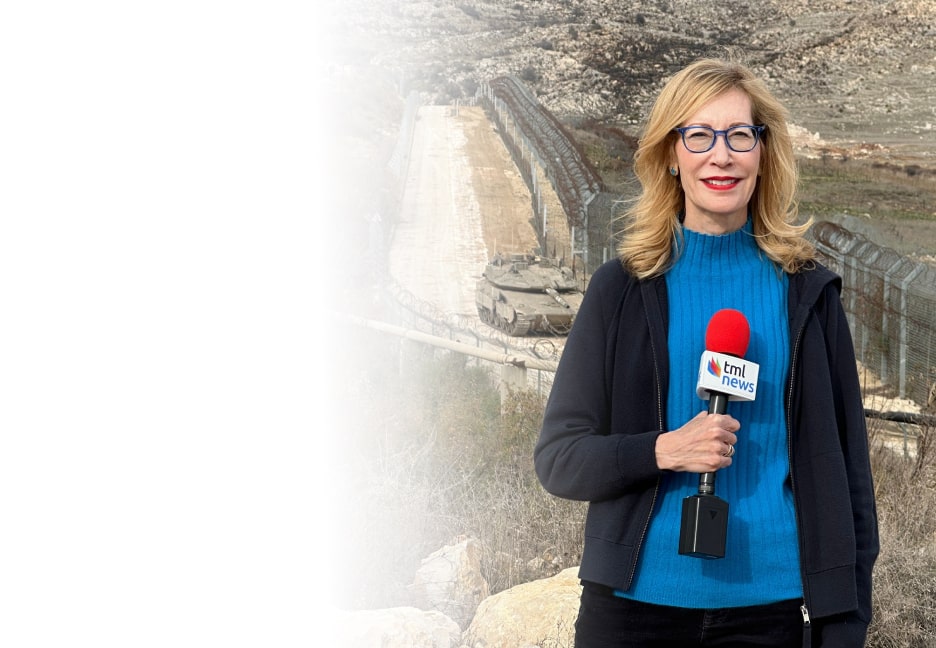Small groups of 20 masked pilgrims each arrived by bus at Mount Arafat before noon on Thursday, the most important day of the hajj. They spent the rest of the day praying and repenting at the desert hill, where the Prophet Muhammad gave his last sermon, while maintaining strict social distancing guidelines. They then moved at sunset to the plain of Muzdalifa, about 5.5 miles (9 kilometers) west of Mount Arafat, where they traditionally gather pebbles to throw at stone columns symbolizing the devil at Jamarat. This year, however, each pilgrim received sanitized pebbles in advance of the event on Friday, the first day of Eid al-Adha or the feast of sacrifice, celebrated by Muslims worldwide. The final ritual takes place over three to four days in Mina, an area about 12 miles (20 kilometers) east of Mecca. Only a very limited number of pilgrims were allowed to take part in the hajj this year amid restrictions to limit the spread of the novel coronavirus. They are wearing wristbands provided by the Saudi Health Ministry that are connected to their phones and monitor their movements to ensure physical distancing. The Saudi government said that between 1,000 and 10,000 people, all of them residents or citizens of Saudi Arabia, would take part in the hajj this year.
This holiday season, give to:
Truth and understanding
The Media Line's intrepid correspondents are in Israel, Gaza, Lebanon, Syria and Pakistan providing first-person reporting.
They all said they cover it.
We see it.
We report with just one agenda: the truth.

